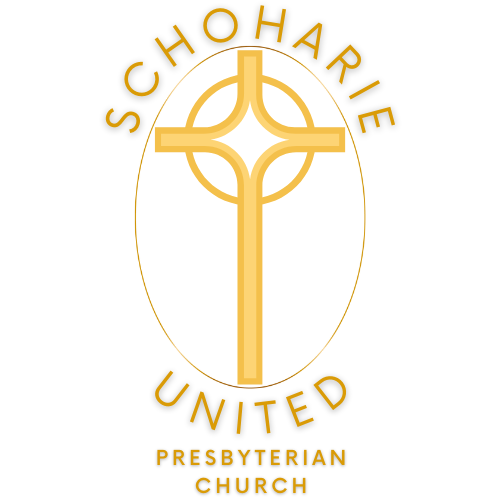Symbols, Signs, Miracles, and Allegory
It seems like a riddle one would try to confuse a child with:
When is a fish not a fish, and bread that we take not bread to eat?
I can hear a child saying "dolphin!" to the first part of the question, and the answer to the second part would be stale break used to bribe ducks, fish, and other wild critters to tamely approach. Sometimes children will miss the riddle for the obvious answer.
What if I said the context of the riddle is Sunday's Gospel message and Jesus' ministry? At that point it is very clear that the story is about the feeding of the 5000. Of all the different miracles, this one story is in all four gospels, complete with all the little details - green grass, 5 barley loaves, 2 fish, doubting disciples, 5000 men (or "more than 5000 people), and at the end there were 12 large baskets of leftovers. For 2000 years, this story has captured the imaginations of theologians, scholars, and also non-believers alike. Treatises and theses have been published, along with books and blogs, all to explain this miracle of how 5 barley loaves and 2 fish stretched and multiplied to feed so many.
One of the most popular explanations, and therefore also current uses, of the miracle is "out of scarcity, abundance." That is, if each person brings a little bit to the table, there will be plenty for all if we share. This is a beautiful interpretation of the miracle that has helped many communities through tough times, including SUPC and all of Schoharie. No matter what theologians infer for the significance of the specifically barley loaves, or what the two fish represent, the heart of the story truly is "out of scarcity, abundance."
